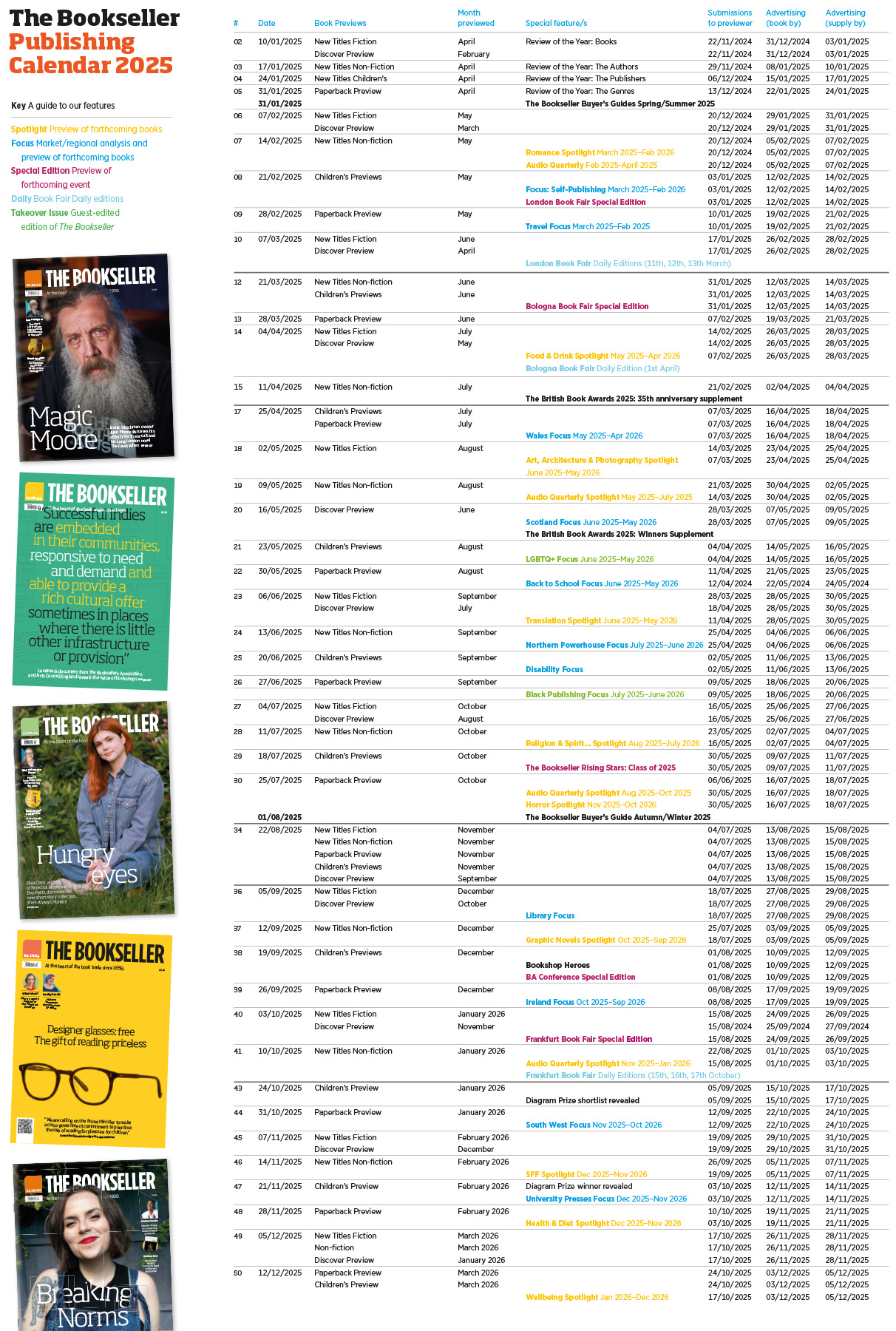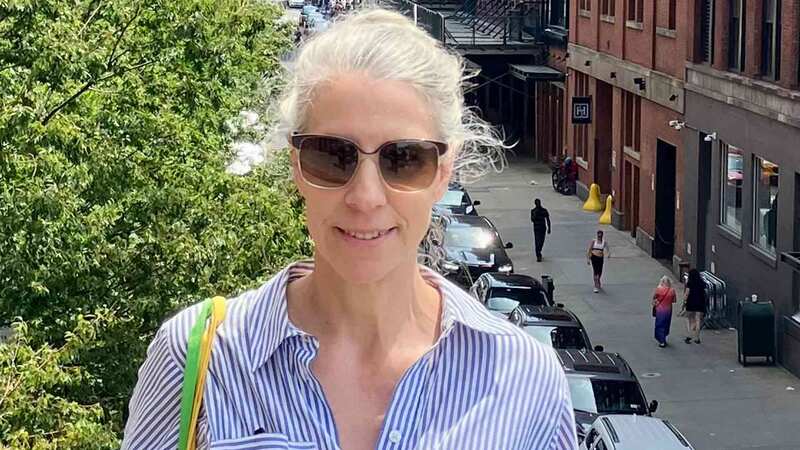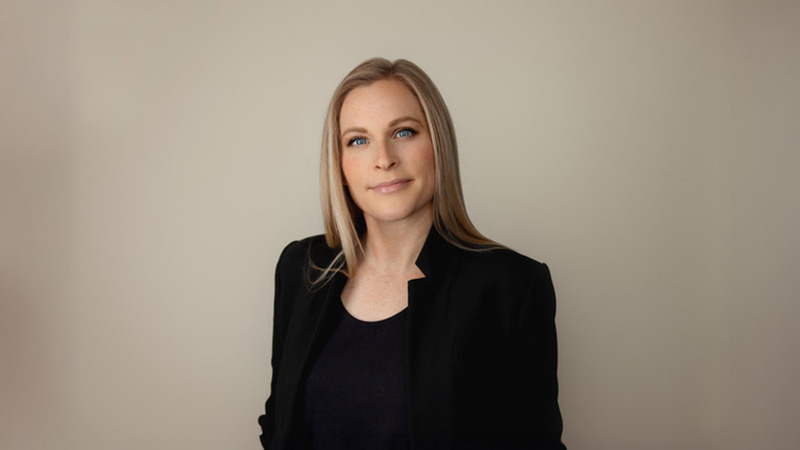You are viewing your 1 free article this month. Login to read more articles.
Gender pay gap static at HarperCollins
HarperCollins’ gender pay gap has remained broadly static with the publisher saying it is "confident" of change long term after introducing initiatives including enhanced parental leave, balanced shortlists for senior roles and a blind recruitment process.
HarperCollins recorded a median gender pay gap of 10.2%, in favour of men, based on those earning on 5th April 2018, compared to 10.4% for the previous year. Meanwhile the mean is 16.5%, compared to 16% in 2017. The national average median pay gap is 17.9%, according to the Office of National Statistics.
"Our gender pay gap is caused by the shape of our workforce,” the report reads. "At HarperCollins we have more women than men in every quartile but an increased proportion of men in the top quartile where we have more highly paid roles.
"In all deciles women make up the majority of our workforce, but in the top decile, where we have our more highly paid roles including our executive committee and our c.e.o., who is male, the proportion of women is at its lowest at 51%." In the 16-strong executive committee specifically, the split is 50:50.
In regards to bonuses, the median gap slightly reduced from 14% to 11.5% however the mean rose substantially by 10%, from 46.9% to 56.4%. HarperCollins said this is due to more divisions achieving their management bonus targets compared to the previous year which impacts the gender bonus gap because of the shape of work force.
"Our bonus pay gap is affected by the shape of our workforce and the way in which we are required to calculate the gap,” the report reads. "The shape has a similar impact on our gender bonus gap as it does on our gender pay gap, but whereas the gender pay gap is based on average hourly pay, the bonus pay gap considers only total bonus payments in the 12 months to reporting date. It does not give a like-for-like comparison for staff who are part-time, or worked only for a part of the year and therefore received a lower pro-rated payment.
"With 21% of our female staff working part-time compared to 3% of male staff this causes the average payment to women to appear lower, widening the gap in the figures reported; this effect is magnified as one-fifth of our highest earners are part-time women.”
The report outlines various changes made to address the gender pay gap across the 1,000-strong workforce including bolstering its working parents returnship programme, increasing its maternity pay last November, introducing a women’s leadership scheme - introduced after its pay gap report publication last year – along with embedding its blind recruitment across 90% of roles. The publisher will also introduce shared parental leave and balanced shortlists for senior roles.
John Athanasiou, director of people at HarperCollins UK, said: “At HarperCollins we are building a business that ensures our employees feel supported, treated fairly and more engaged in this journey together. We have created an effective and sustainable long term inclusion strategy that can make a difference. We have already increased maternity pay, introduced a working parents group, created a women’s mentoring network and speaker series, introduced blind recruitment and trained all our hiring managers in resourcing and unconscious bias training.
"This year we announce enhanced shared parental leave for both men and women. We are developing our line managers in creating the best experience possible for working parents, introducing a global programme for women’s leadership across News Corp, tabling D&I [diversity and inclusion] monthly at our board meetings and continuing to build on our blind recruitment process.”
All employers with more than 250 staff were required by law to report their gender pay gaps by 4th April, with nearly two-thirds of companies failing to disclose as of last week, according to the BBC. So far, Pearson, the British Library, Hachette, Springer Nature, Wiley, Elsevier and W H Smith have all disclosed theirs.
Hachette has called on publishers to be transparent about the effects of distribution staff figures on their gender pay gap reports. HarperCollins did not break out figures for its distribution staff.


















